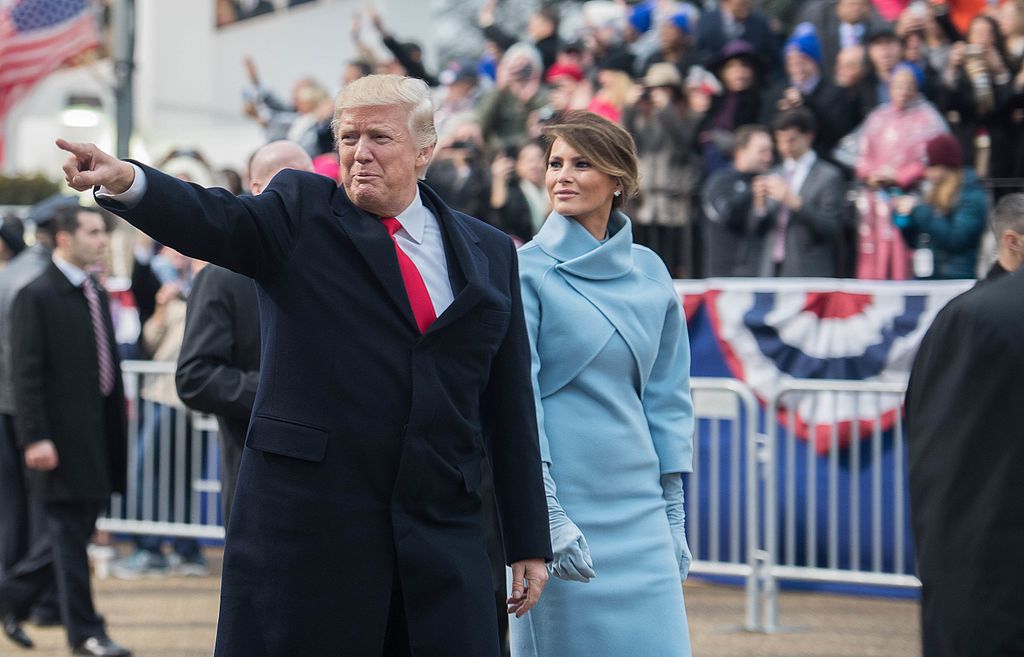President Donald Trump has signed an executive order requiring federal employees to return to in-person work five days a week, reversing remote work policies established during the COVID-19 pandemic. Announced at Washington's Capital One Arena, the directive aims to terminate telework arrangements "as soon as practicable," while allowing agency heads to make exemptions as deemed necessary.
The order is part of broader efforts to reshape the federal workforce. Paired with a hiring freeze and the creation of the Department of Government Efficiency (DOGE), chaired by Tesla CEO Elon Musk, the initiative seeks to reduce government size and cut costs. Trump allies suggest the changes are designed to streamline operations and enable the replacement of long-serving employees with administration loyalists.
While critics warn the mandate could trigger an exodus of frustrated employees, Musk has welcomed the possibility, predicting voluntary resignations will follow the removal of "COVID-era privileges." Approximately 46% of federal workers, or 1.1 million employees, are eligible for remote work, with 228,000 working fully remotely, according to an August White House report.
Unionized employees, comprising about 25% of the federal workforce, may retain remote or hybrid arrangements under current bargaining agreements. However, Trump’s Office of Management and Budget nominee Russell Vought has hinted at reviewing these agreements, expressing concerns over deals made during the Biden administration.
Supporters argue the return-to-office mandate will increase efficiency and accountability, while opponents criticize it as an attempt to gut the civil service. As the order takes effect, its impact on federal operations and employee morale remains to be seen.



 Preservation Group Sues Trump Administration to Halt $300 Million White House Ballroom Project
Preservation Group Sues Trump Administration to Halt $300 Million White House Ballroom Project  Federal Judge Blocks Trump Administration’s Pause on New Wind-Energy Permits
Federal Judge Blocks Trump Administration’s Pause on New Wind-Energy Permits  Syria Arrests Five Suspects After Deadly Attack on U.S. and Syrian Troops in Palmyra
Syria Arrests Five Suspects After Deadly Attack on U.S. and Syrian Troops in Palmyra  DOJ Sues Loudoun County School Board Over Transgender Locker Room Policy
DOJ Sues Loudoun County School Board Over Transgender Locker Room Policy  Trello Outage Disrupts Users as Access Issues Hit Atlassian’s Work Management Platform
Trello Outage Disrupts Users as Access Issues Hit Atlassian’s Work Management Platform  Apple App Store Injunction Largely Upheld as Appeals Court Rules on Epic Games Case
Apple App Store Injunction Largely Upheld as Appeals Court Rules on Epic Games Case  Australia Pushes Forward on AUKUS Submarine Program Amid Workforce and Production Challenges
Australia Pushes Forward on AUKUS Submarine Program Amid Workforce and Production Challenges  Supreme Court to Weigh Trump’s Power to Remove FTC Commissioner
Supreme Court to Weigh Trump’s Power to Remove FTC Commissioner  Supporters Gather Ahead of Verdict in Jimmy Lai’s Landmark Hong Kong National Security Trial
Supporters Gather Ahead of Verdict in Jimmy Lai’s Landmark Hong Kong National Security Trial  U.S. Lifts Sanctions on Brazilian Supreme Court Justice Amid Shift in Brazil Relations
U.S. Lifts Sanctions on Brazilian Supreme Court Justice Amid Shift in Brazil Relations  Hong Kong Democratic Party Disbands After Member Vote Amid Security Crackdown
Hong Kong Democratic Party Disbands After Member Vote Amid Security Crackdown  CFPB to Review Anti-Discrimination Policies and Fair Lending Rules Amid Policy Shift
CFPB to Review Anti-Discrimination Policies and Fair Lending Rules Amid Policy Shift  SK Hynix Labeled “Investment Warning Stock” After Extraordinary 200% Share Surge
SK Hynix Labeled “Investment Warning Stock” After Extraordinary 200% Share Surge  Global Leaders Condemn Deadly Antisemitic Shooting at Sydney’s Bondi Beach During Hanukkah
Global Leaders Condemn Deadly Antisemitic Shooting at Sydney’s Bondi Beach During Hanukkah  US Charges Two Men in Alleged Nvidia Chip Smuggling Scheme to China
US Charges Two Men in Alleged Nvidia Chip Smuggling Scheme to China  Australia Enforces World-First Social Media Age Limit as Global Regulation Looms
Australia Enforces World-First Social Media Age Limit as Global Regulation Looms  Judge Orders Return of Seized Evidence in Comey-Related Case, DOJ May Seek New Warrant
Judge Orders Return of Seized Evidence in Comey-Related Case, DOJ May Seek New Warrant 































